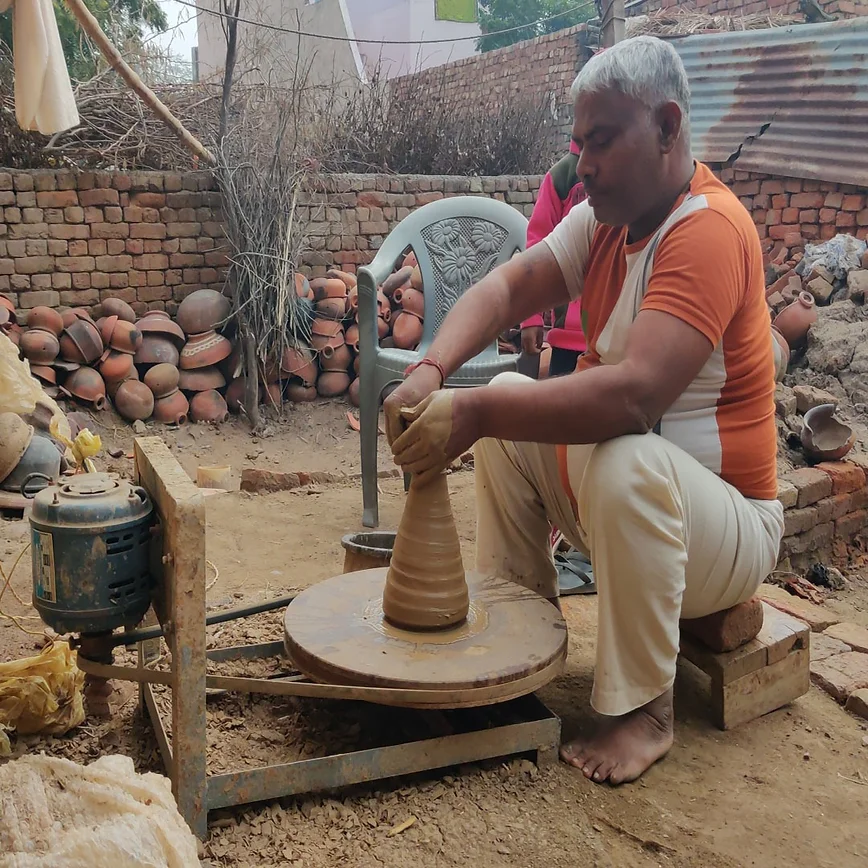Home
About Us
Page 2
Due to the transient nature of the lives of homeless people suffering from HIV, HRSA perceives that it is very much essential to strategically coordinate efforts to engage and retain these individuals in a care facility that is more than capable of meeting their unique needs as HIV patients.
|
|
In addition, the applicants of this program will have to adopt a set of organizational structures characterized as having integrated or co-located strategies for their successful service provision.
To support this, the Health Resources and Services Administration is set to administer funds in the amount of $2,400,000 to worthy applicants.
The institutions and organizations who will be deemed eligible to submit an application under this program are the following:
a) State and Local Governments
b) Academic Institutions of Higher Education
c) Local health departments
d) Community Health Centers
e) Faith-based and community-based organizations
f) Native American Tribal Governments
g) Nonprofit organizations
h) City or Township Governments
i) Special District Governments
The United States Department of Health and Human Services, the mother agency that's funding the Building a Medical Home for Multiply Diagnosed HIV positive Homeless Populations – Demonstration Sites Project, is the country's leading agency that's intended for protecting the health of all Americans and providing essential human services to all.
Building a Medical Home for Multiply Diagnosed HIV positive Homeless Populations - Demonstration Sites Project
Back to Page 1
About The Author Michael Saunders is an editor of TopGovernmentGrants.com one the the most comprehensive Websites offering information on government grants and federal government programs. He also maintains Websites providing resources on grants for youth programs and home improvement grants. |
Additional Resources
category - Health Grants
National Institutes of Health funds the Improving Adherence to Treatment Regimens for HIV-Positive Adolescents and Young Adults
Telehealth Resource Center Grant Program
Leadership Group for a Clinical Research Network on Antibacterial Resistance Program
2012 Tuberous Sclerosis Complex Clinical Trial Award Program
Follow @topgovtgrant
Social Entrepreneurship
Spotlight
Reviving Ancient Indian Art Forms – Empowering Artisans Towards Entrepreneurship

Rivaayat is an initiative by Shri Ram College of Commerce, Delhi to revive various dying art form and solve innumerable problems faced by the artisans. Rivaayat began with reviving a 20,000-year-old art form of pottery that is a means of survival for 600 families residing in Uttam Nagar, Delhi.
